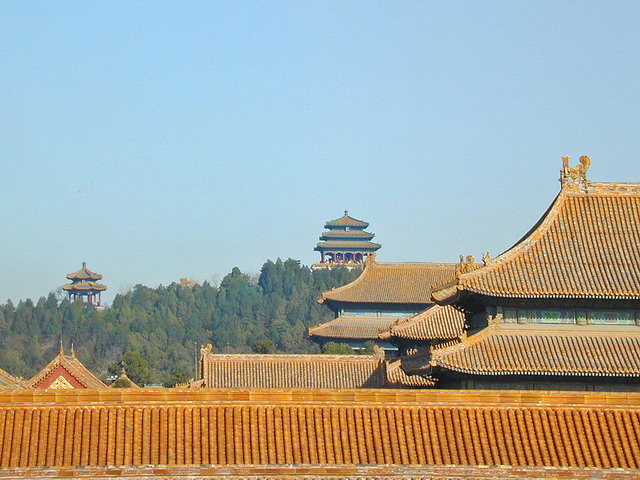China’s first half macroeconomic data supports our view that the country is in the midst of a successful transition from a high-speed, heavy industry-based economy to a consumer and services-based economy, which, while decelerating, will remain the most important driver of global growth. We believe the challenges of continuing this transition will result in gradually slower growth rates and increased volatility, but the risks of a hard landing remain very low.
Winners and Losers in the Transition
To understand the trajectory of the Chinese economy, it is important to recognize that this economic transition is creating winners and losers. The services and consumption (tertiary) part of the economy, for example, remains robust and is now the largest part of the economy. This mitigates the weakness of the industrial (secondary) part of the economy, which is shrinking as a share of GDP.2016 will almost certainly be the fifth consecutive year in which the tertiary part of China’s economy will be larger than the secondary part, and the tertiary part is driving an increasingly larger share of economic growth. In the first half of this year, final consumption contributed about 73% of China’s GDP growth, up from a roughly 60% share in the first half of last year, and a 42% share for the full year of 2006.
A Healthy Chinese Consumer
The most important actor in this ongoing transition is the Chinese consumer, and we are keeping a careful watch over her health. In the first half of this year, her vital signs were excellent, but we are aware that as she matures, she is slowing down a bit.
China remains, in my view, the world’s best consumer story, with inflation-adjusted (real) retail sales rising 9.7% year-over-year (YoY) in 1H16, compared to a 1.6% pace in the U.S. in June. But that does reflect a modest deceleration, from 10.5% a year ago, because income growth, while still quite fast, is moderating.
The Top Concern: Weak Private Investment
First half macro data suggests that the Chinese economy is stabilizing at a healthy pace, led once again by strong consumer spending and a hot (albeit somewhat cooler) housing market. My top concern is anemic investment spending by private firms: they are relatively profitable but are clearly not yet prepared to expand capacity or invest in more automation.
In 14 of the last 16 months, fixed asset investment by private firms—which account for about two-thirds of all fixed asset investment—rose more slowly than investment by SOEs. That trend, driven both by strong government spending on public infrastructure, which is channeled largely through SOEs, and by concerns about industrial overcapacity, reversed an earlier trend: prior to March 2015, investment by private firms rose faster than that of SOEs in 59 of the 60 previous months.
As the property market continues to cool and return to a more sustainable pace, a pickup in private sector capital expenditure will be important to preventing macro growth from decelerating too sharply. Overall, the Chinese economy is likely to continue on the same path as the last 10 years: gradually slower year-on-year growth with greater volatility, but there are no signs of a hard landing on the horizon.
Last year, China accounted for 35% of global economic growth, and if Brexit results in slower growth in the U.K. and anxiety in the developed West and in emerging Europe, the Chinese share of global growth could rise even higher. China—and the rest of the Asia region that Matthews Asia invests in, which (combined with China) accounted for about 60% of global growth last year—is likely to be considered a safe haven for investors, especially relative to European emerging markets.
Column by Matthews Asia written by Andy Rothman



